When upstart novel supplement ingredient developer Aura Scientific arrived on the scene, everyone was excited about their first four ingredients, which included a new coffee fruit extract named NeuroRush and a pump ingredient named EndoFlo which can be found in products like Magnum Nutraceuticals Limitless X16 pre-workout supplement.
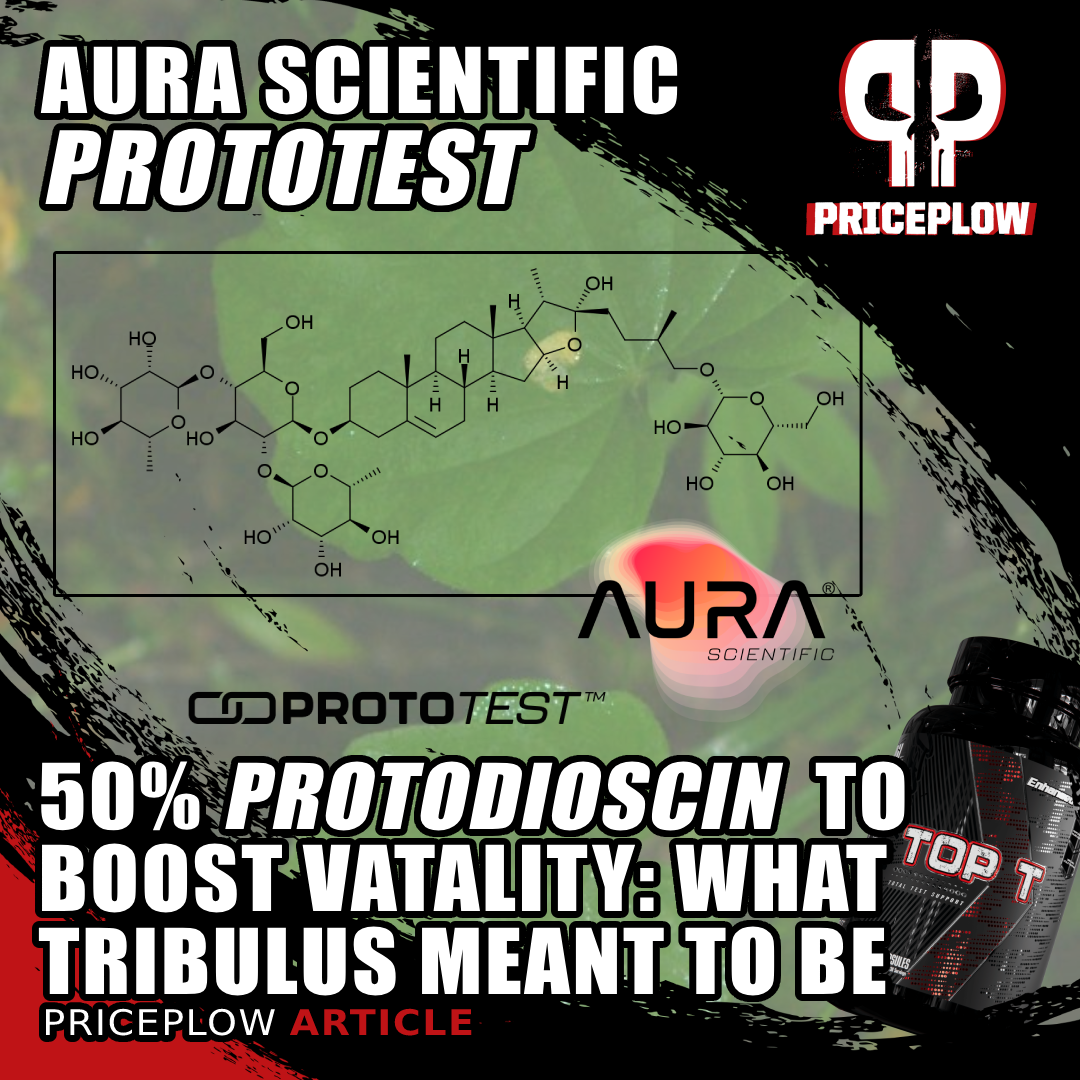
Aura Scientific's ProtoTest is making waves in the hormone optimization space. With a Dioscorea Nipponica extract standardized for 50% protodioscin, it delivers the potent benefits that Tribulus was expected to provide years ago.
But behind the scenes, it's Aura's hormone and vitality support ingredient that's actually getting the most interest. This isn't surprising, since the "natural testosterone booster" category has been quite stale and due for a shake-up.
After looking at the research on this ingredient, we believe that shake-up is here in Aura Scientific's ProtoTest, a Dioscorea Nipponica extract standardized for 50% protodioscin.
This article gets into the specifics, but first, it's worth explaining the backstory of how Aura Scientific got here:
An Ingredient That Started -- But Doesn't End -- with Tribulus
The story actually starts with tribulus, a feel-good ingredient that's well-known to boost libido, but had flaky research when it came to hormone optimization. Despite inconsistent research, there's clearly something in some forms of tribulus that had biological significance -- it can be felt. Yet the research didn't always pan out.
Aura Scientific’s ProtoTest: What We Always Wanted from Tribulus
Sometimes known as puncturevine, tribulus has been revered for centuries in traditional medicine systems worldwide for its ability to enhance vitality and virility.[1] It's popular as a natural supplement, often purported to enhance sexual performance, improve overall male reproductive health, and sometimes boost testosterone levels.
However, the scientific research on Tribulus terrestris has yielded inconsistent results.[2] While some studies, particularly those conducted on animals, have shown promising results, the translation to human applications is less clear-cut. This led to ongoing debate and skepticism both within the scientific community and among consumers.
But what happened with the studies that worked? Why is tribulus so great for libido and vitality? And can someone find what's actually working, and get it from a better source?!
Protodioscin: The Key to the Visceral Vitality and Victory
If you review the Tribulus research, you'll notice that there's one particularly striking uncontrolled variable in the existing studies, and that variable is the protodioscin content of the extracts used.
Protodioscin is a steroidal saponin naturally present in plants like Tribulus and Dioscorea Nipponica, and is thought by many researchers to be the primary bioactive constituent responsible for Tribulus's effects on sexual function.[3]
It's believed to influence sexual function by acting as a precursor to DHEA (dehydroepiandrosterone),[4] which in turn can be converted into testosterone and other androgens.
However, the concentration of protodioscin in Tribulus can vary widely depending on several factors, including the plant's geographical origin, the part of the plant used, and the extraction method employed.[5] For instance, studies have shown that Tribulus plants from Bulgaria and other Eastern European regions tend to have higher concentrations of protodioscin compared to those from China or India.[5]
Moreover, the methods used to standardize Tribulus extracts are not necessarily standardized across studies. Some extracts are standardized to contain a certain percentage of total saponins, but this does not guarantee a high protodioscin content, because saponins are a broad class of compounds, of which protodioscin is only one. So, an extract standardized to "45% saponins" could still have a very low percentage of protodioscin.
This lack of standardization further complicates the interpretation of research findings, as even studies starting with the same Tribulus source could still be comparing apples to oranges in terms of the actual bioactive content of the extracts used.
Dioscorea Nipponica: The alternative solution to the tribulus problem
After reviewing the research, Aura Scientific wanted to target protodioscin, but wisely decided to do away with the entire tribulus problem -- ProtoTest is instead extracted from Dioscorea Nipponica root, a more reliable source of the constituent![6-12]

The 'natural testosterone booster' category was long overdue for a shake-up, and the 50% protodioscin-powered ProtoTest is just the ingredient to do it.
Dioscorea nipponica has a broad amount of research demonstrating anti-inflammatory, anti-tumor, antidiuretic, analgesic, antitussive and phlegm-dispelling activities,[13] and it's been shown to improve lipids[14] and post-workout recovery,[15] but Aura's really extracting it for its protodioscin content.
However, to look at protodioscin's effects on vitality, libido, DHEA, and other hormones, we need to look back at the protodioscin-heavy tribulus extracts:
Animal Studies: High-Protodioscin Extracts and Their Implications
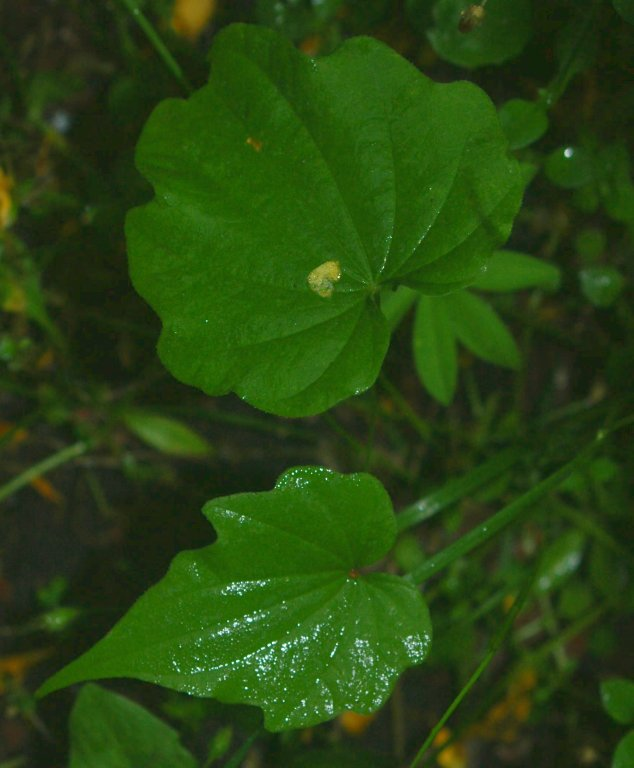
ProtoTest is extracted from Dioscorea nipponica, a more reliable source of protodioscin than tribulus. Image courtesy Wikimedia Commons.
Animal studies on Tribulus terrestris have been more consistent in demonstrating positive effects on sexual function and hormone levels. In studies on rats and primates, Tribulus extracts with high levels of protodioscin have been shown to significantly increase androgen levels, improve sperm quality, and enhance sexual behavior. In our opinion, that's because these studies often use high-protodioscin extracts.
In one notable study, male rats treated with a high-protodioscin extract (45% protodioscin by weight – way beyond the typical commercially available extract) showed increased levels of testosterone, luteinizing hormone (LH), and dihydrotestosterone (DHT), as well as improved libido and sexual performance.[16] Similar results were observed in primate studies, where the administration of high-protodioscin extracts led to significant increases in testosterone and DHT, as well as improvements in sexual function.[4]
These findings suggest that protodioscin is indeed the critical component responsible for the sexual health benefits attributed to Tribulus.
Human Studies: Uncovering the Protodioscin Paradox
The paradox of protodioscin in human studies is that while it appears to be the key to unlocking the full potential of Tribulus terrestris, its presence is often too low or inconsistent in the extracts used to make a significant impact. Human studies that have shown positive effects from Tribulus supplementation generally used extracts with higher protodioscin content.
For example, a study conducted on men with erectile dysfunction (ED) found that a Tribulus extract standardized to contain 45% protodioscin significantly improved sexual function and increased levels of DHEA.[17]
Conversely, studies that used lower-quality extracts with little to no protodioscin have generally failed to show any significant benefits.
It's the DHEA increase we're going to look at for now, since it seems to play a major impact on the ingredient's efficacy.
The Case for Protodioscin: A Closer Look at Its Mechanism of Action
The mechanism of action behind protodioscin is thought to be its stimulation of the body's natural production of DHEA, a hormone that serves as a precursor to testosterone and other androgens.[17-19] That DHEA can then be further metabolized into testosterone and DHT,[17,19,20] two hormones that play a crucial role in male sexual function, influencing everything from libido and erectile function to sperm production and overall reproductive health.
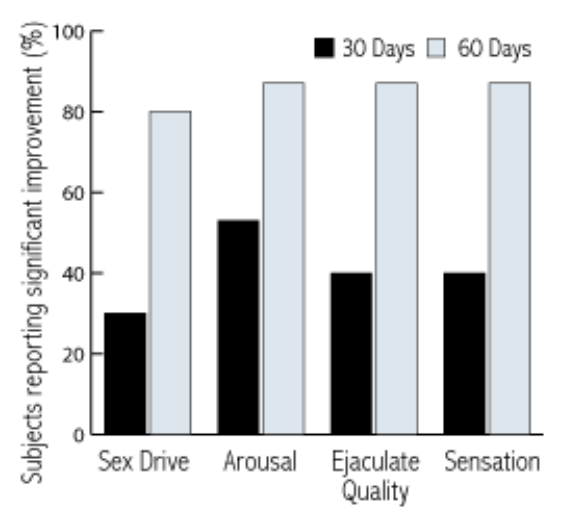
Previous supplements with 45% protodioscin showed some incredible endpoint effects, and from what we've experienced, ProtoTest will do similarly.[21]
In addition to its effects on hormone levels, protodioscin has also been shown to have direct effects on the reproductive system. Animal studies have demonstrated that protodioscin can increase the density of Leydig cells, which are responsible for producing testosterone in the testes. It also appears to enhance the sensitivity of these cells to luteinizing hormone (LH), further boosting testosterone production.[17,19,20]
Moreover, protodioscin has been shown to improve sperm quality and motility, which are critical factors in male fertility. By increasing the production of androgen-binding protein (ABP) in the Sertoli cells of the testes, protodioscin helps to ensure that testosterone is delivered to the sites where it is needed most, such as the seminiferous tubules where sperm are produced.[17,19,20]
These mechanisms of action suggest that protodioscin is the key to unlocking the full potential of Tribulus terrestris as a supplement for male sexual health. However, the inconsistency in the protodioscin content of Tribulus extracts has made it difficult to realize this potential in human studies and consumer applications, hence the next generation: using Dioscorea Nipponica instead.
Analyzing protodioscin’s molecular structure
Protodioscin is a large molecule, but if you look at the inside of it, you'll notice that its core resembles the steroid nucleus, a structure made up of four interconnected carbon rings. This core is common in all steroid hormones, including testosterone and DHEA. Testosterone's structure is based on the same steroid nucleus (cyclopentanoperhydrophenanthrene ring system), which is shared among all steroid hormones.
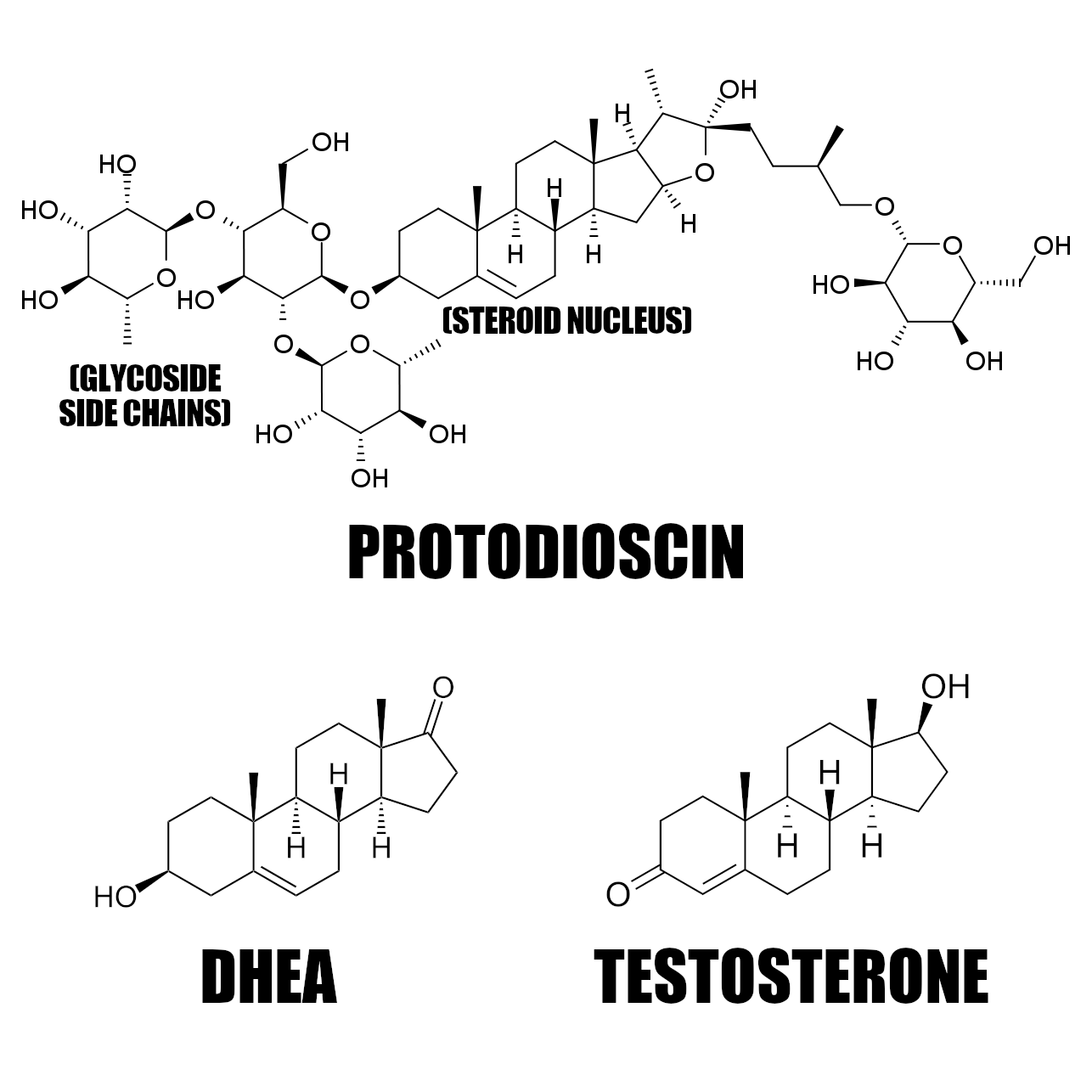
Protodioscin has the same steroid nucleus (cyclopentanoperhydrophenanthrene ring system) as DHEA and Testosterone, but with complex sugar molecules (glycosides) attached, which make it more water soluble. It gets converted to DHEA through enzymatic reactions, and DHEA gets converted into testosterone.
Protodioscin has additional complex sugar molecules (glycosides) attached to its core. These glycosides are on the "left" and "right" side of the molecule, and are not present in testosterone or DHEA. These side chains make protodioscin more water-soluble and affect its biological activity.
Testosterone, of course, has simpler side chains, primarily a hydroxyl group at the 17th carbon and a ketone at the 3rd carbon. These simpler structures make testosterone more lipophilic (fat-soluble), which is crucial for its role as a hormone.
But in terms of supplementation, plant steroids like protodioscin serve as exceptional precursors, which is why we're exploring it here today.
The Cost Barrier: Why High-Protodioscin Extracts Aren’t Widely Used
At the time, high-protodioscin extracts used in the above studies were too expensive to produce on a commercial scale for consumer supplements. The market continually faced cheap, ineffective tribulus. Remember, "high saponin content" doesn't necessarily mean high-protodioscin content.
Aura Scientific's approach is an end-around -- go with Dioscorea nipponica, which is easier to extract, while staying away from the consumer eye-rolling after seeing tribulus on a label for a "testosterone booster".
Aura Scientific’s ProtoTest: A Solution to the Protodioscin Problem

This is the study using protodioscin that we'll want to get replicated at some point, using ProtoTest[21]
Needless to say, there's a clear need for a well-standardized ingredient that delivers a consistent and effective dose of protodioscin. And in order to address this unmet market need, Aura Scientific has developed ProtoTest.
ProtoTest is a novel Dioscorea nipponica extract standardized to contain 50% protodioscin, making it more potent and consistent than any tribulus on the market. By ensuring a high and uniform protodioscin content, ProtoTest addresses the key issue that has plagued previous research and consumer products.
With ProtoTest, consumers can be confident that they are receiving a product that delivers what we once hoped to be the full benefits of Tribulus terrestris, without the variability and inconsistency that has historically plagued the category.
This high level of standardization also makes ProtoTest an ideal candidate for use in future human studies, where a consistent dose of protodioscin is crucial for obtaining meaningful and reproducible results. By providing that consistency, ProtoTest could help resolve the discrepancies observed in previous human studies and establish clear, evidence-based guidelines for the use of protodioscin in enhancing male sexual health.
A reliable replacement for two former extracts, Libilov and Tribestan
ProtoTest isn't the first high-protodioscin extract like this, however. Decades ago, two ingredients were on the market named Libilov and Tribestan, which had success both commercially and in research. These both included protodioscin (at least 45% in Tribestan), but couldn't be reliably kept on the market due to the aforementioned tribulus inconsistencies.
While these ingredients are no longer around, their homepages and research pages are in the web archives, and provide a bit more information.[22-25]
Their research did show that the extracts were able to significantly boost testosterone levels[21] and sexual output.[17] Tribestan is also referenced in the primate study that increased serum testosterone.[4]
These two ingredients, while intriguing, suffered from the supply chain issues of tribulus (solved with the switch to Dioscorea Nipponica) and the lack of modernity in our scientific community -- this is something that Aura Scientific has promised to fix, with peer-reviewed, journal-published studies that go well beyond what you'll see on the archive pages cited above.
Supplements with ProtoTest
If you're a consumer, the main product to try with ProtoTest is Enhanced Labs Top T. At the bottom of this article, we have a list that will contain all future articles covering any products with ProtoTest inside.
Conclusion: For Pro-Vitality Effects, ProtoTest with Protodioscin
ProtoTest marks a significant advancement in the hormone optimization supplement category that's long overdue. We've been waiting for something that can actually be felt, and ProtoTest is exactly that. By providing a standardized extract containing 50% protodioscin, brand formulators and consumers can finally receive the benefits we all hoped Tribulus could provide decades ago.
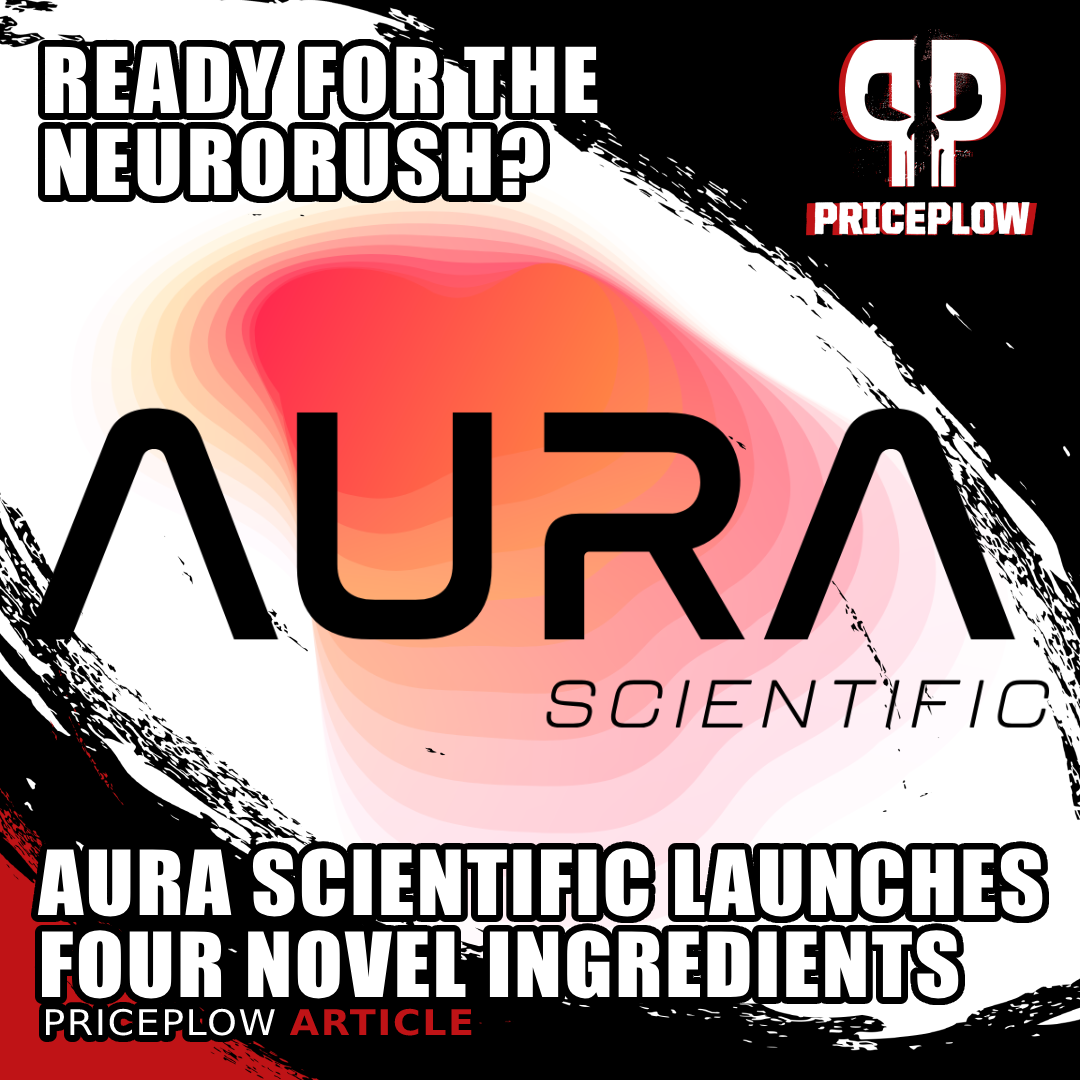
A new novel ingredient developer named Aura Scientific has launched, with four new ingredients that include a feel-good coffeefruit extract named NeuroRush. Get the first peak here today!
NeuroRush, EndoFlo, and CapsiBurn may get the initial attention for Aura Scientific, but when it comes to something more visceral, ProtoTest is what's getting more serious attention.
Imagine the possibilities: consider this ingredient in one of those "men's multivitamins" to put some pep in your step, or put it in a natural testosterone booster with added clinically-supported ingredients, so you can feel it and have solid claims. Alternatively, put it in some anabolic muscle-building products to get the gains alongside the vitality.
The possibilities are endless, but in a market where consumers want an experiential ingredient, ProtoTest will rise to the top in each of these categories.
You can head back to our main Aura Scientific article or sign up for our ProtoTest news alerts below:
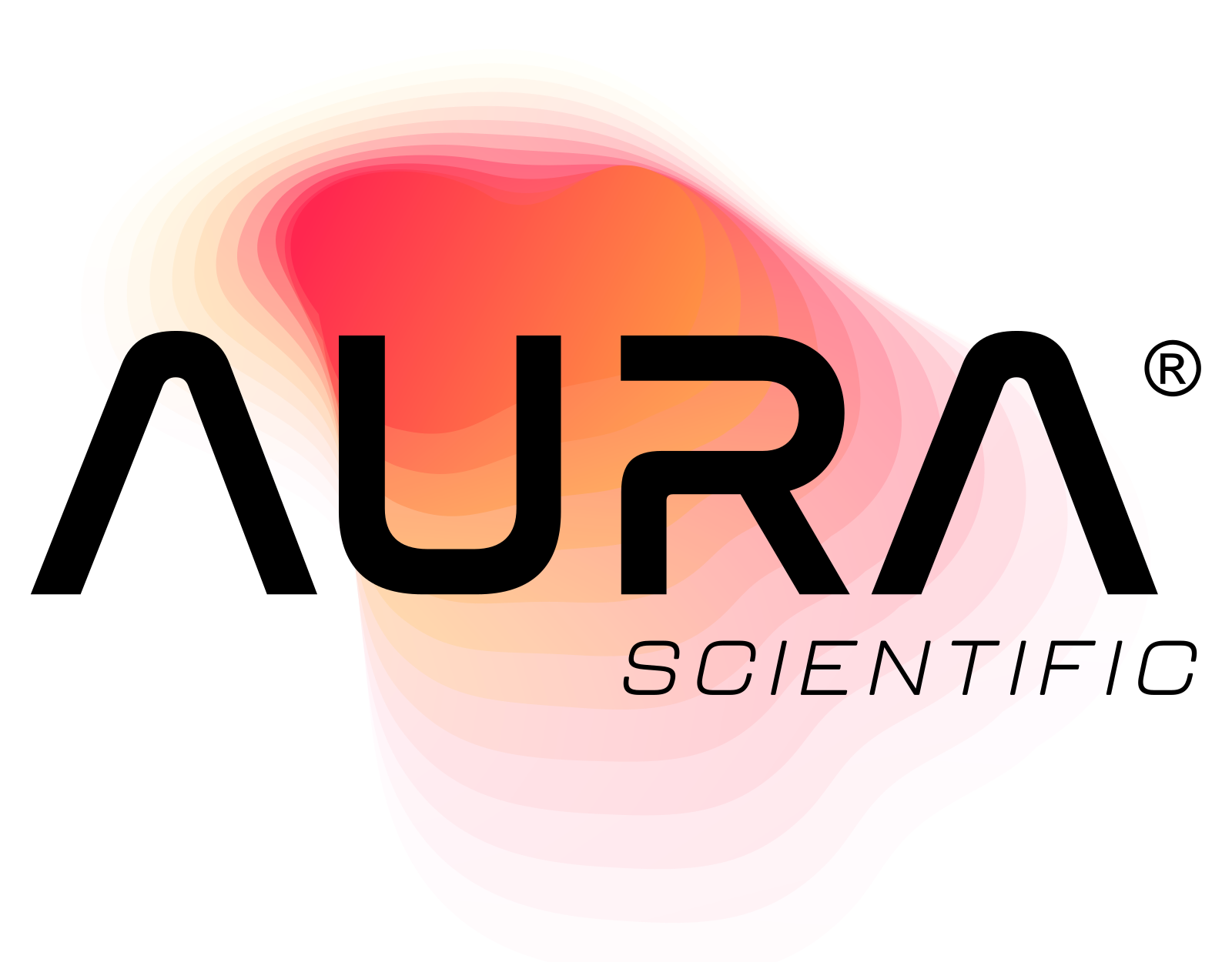
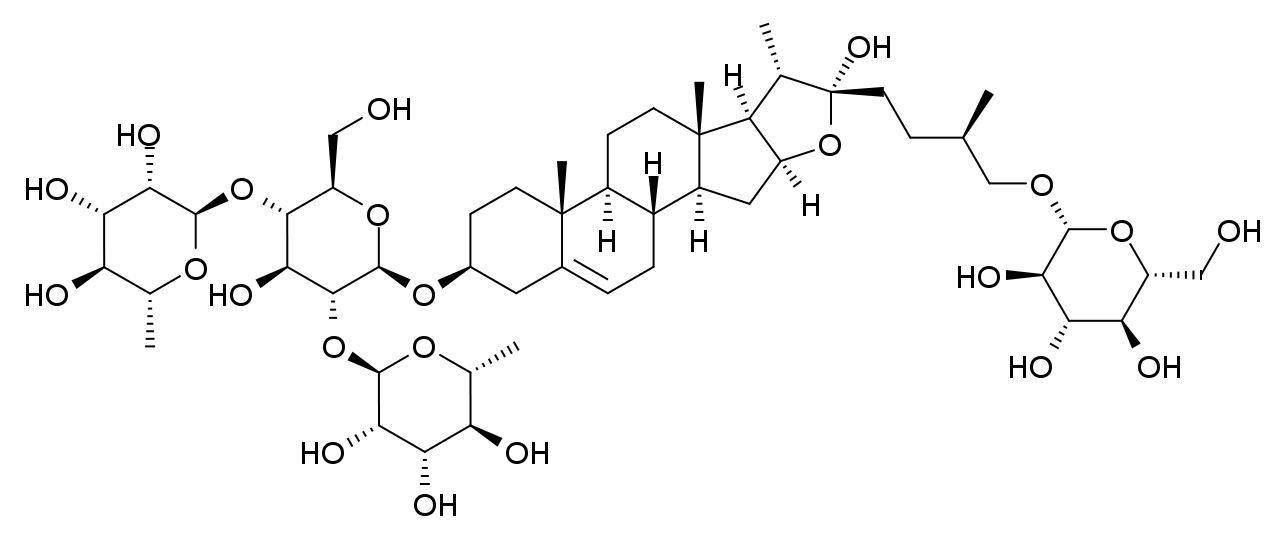
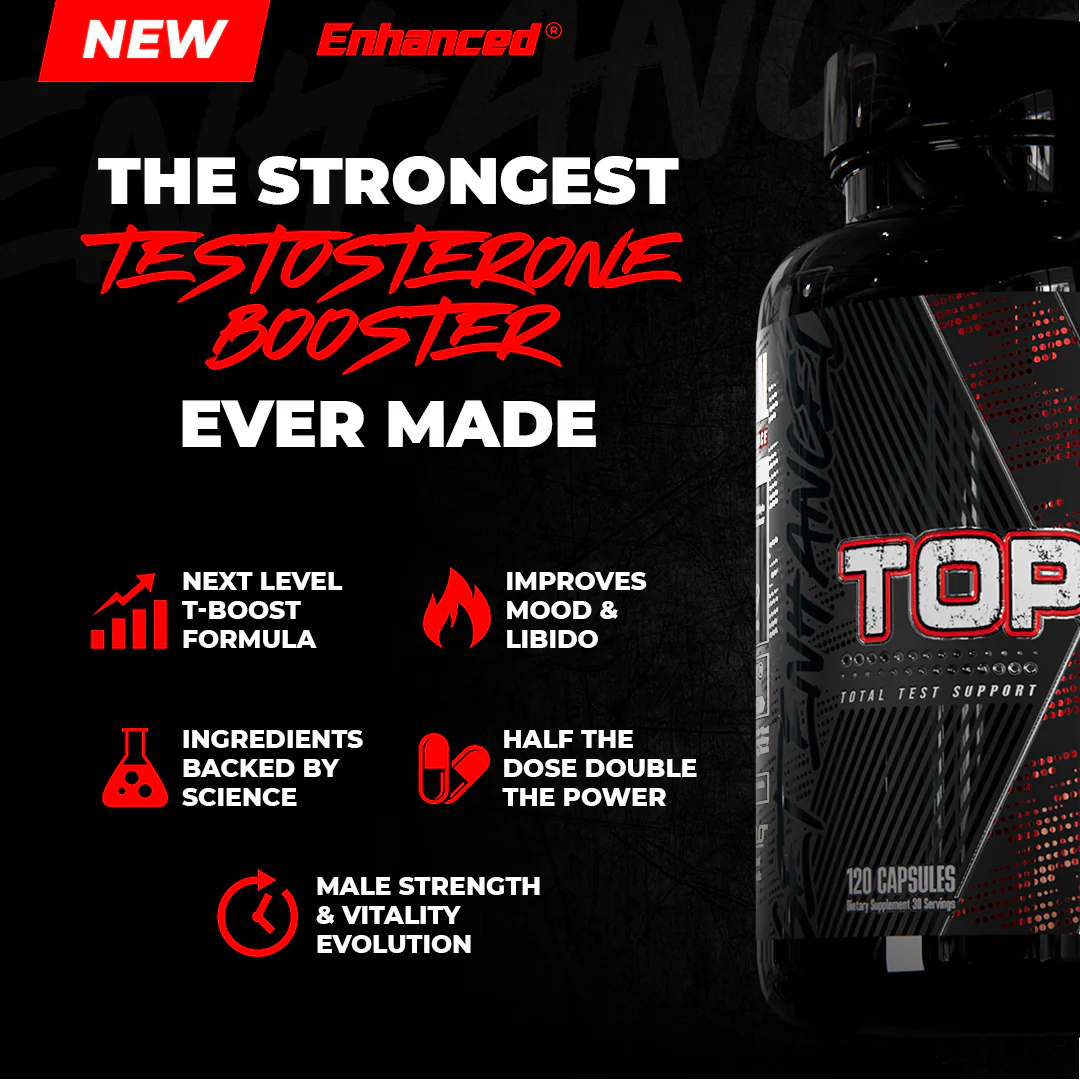
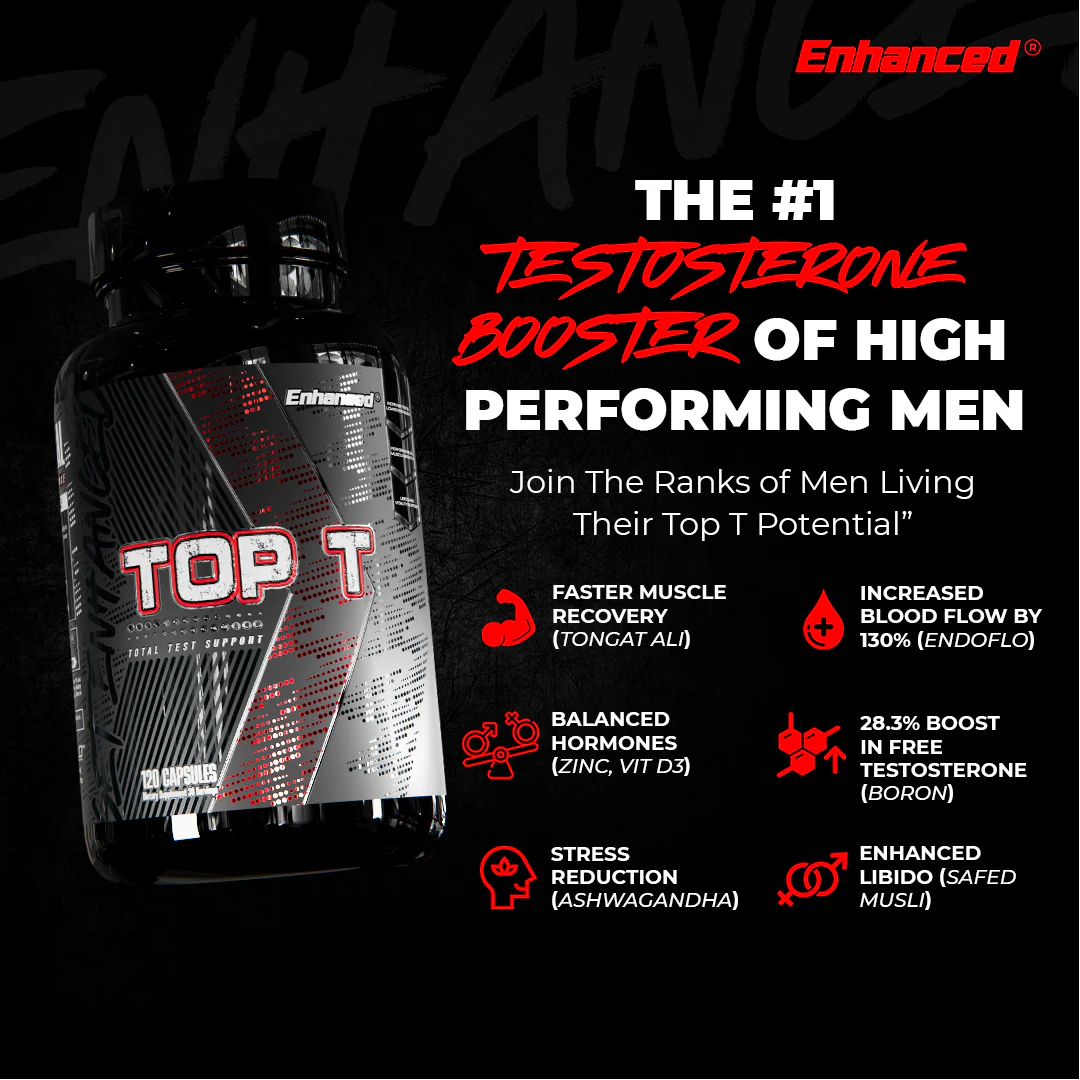

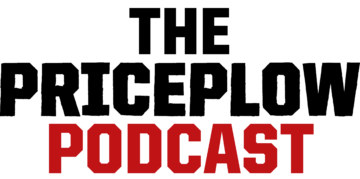
Comments and Discussion (Powered by the PricePlow Forum)